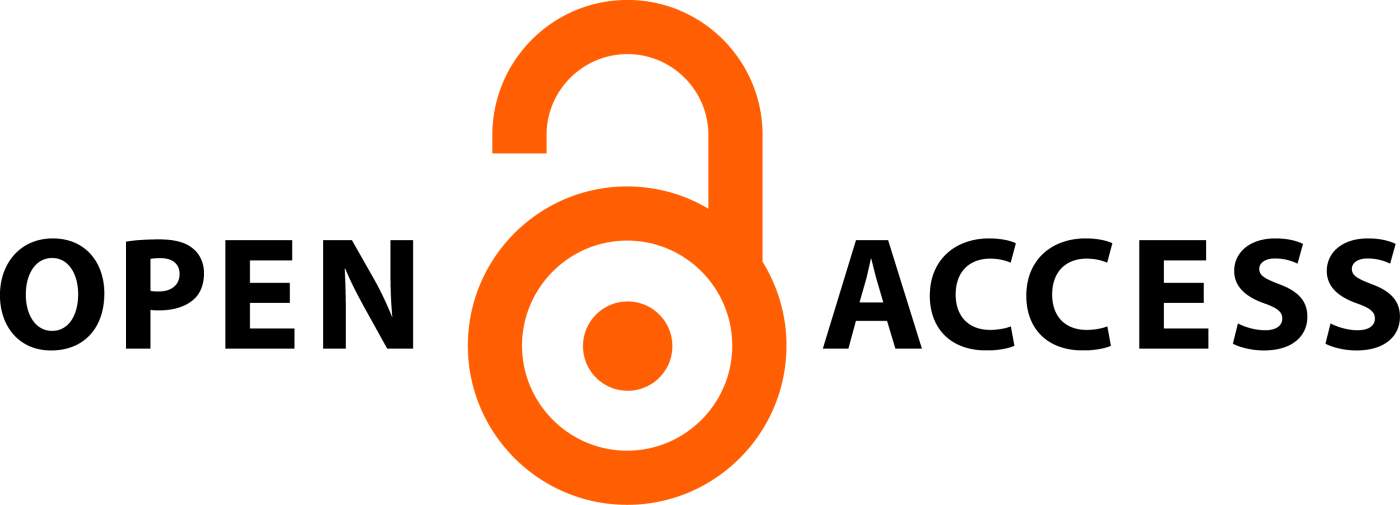HEPATOPROTECTIVE ACTIVITY OF CNIDOSCOLUS PHYLLACANTHUS LEAVES AGAINST D-GALACTOSAMINE INDUCED HEPATOTOXICITY IN RATS
Abstract
Introduction: Plants have been utilized as a natural source of medicinal compounds for thousands of years. Humans use numerous plants and plant-derived products to cure and relieve various physical and mental illnesses. These plants are used in traditional Chinese, Ayurveda, Siddha, Unani, and Tibetan medicines. Ancient literature such as Rigveda, Yajurveda, Atharvaveda, CharakSamhita, and Sushrut Samhita also describes the use of plants for the treatment of various health problems. In recent times, the focus on plant research has increased worldwide, and a large body of evidence has been collected to show the immense potential of medicinal plants used in various traditional systems.
Materials and Methods: The present study was carried out to evaluate the hepatoprotective activity of ethanolic extract of Cnidoscolus Phyllacanthus(ECP) leaves against D-galactosamine induced liver damage in Wistar rats. Hepatotoxicity was induced by D-Galactosamine (270 mg/kg body weight) administered intraperitoneally (i.p.) on the 14th day of a total two-week experiment. In contrast, the extract of the investigated plant was given orally throughout the whole experiment at 200 and 400 mg/kg body weight. Silymarin (100 mg/kg body weight) was given orally as a standard hepatoprotective drug.
Results and Discussion: Histological studies showed that 400 mg/kg CP attenuated hepatocellular necrosis in d-GalN intoxicated rats. It was concluded from the results that the ethanolic extract of Cnidoscolus Phyllacanthus leaves reduces D-galactosamine-induced hepatotoxicity in rats.
Downloads
All the articles published in JAPSR are distributed under a creative commons license (CC BY-NC-SA 4.0)
Under this license, you are free to:
- Share- copy and redistribute the material in any medium or format for any purpose, even commercially.
- Adapt- remix, transform, and build upon the material for any purpose, even commercially.
The licensor cannot revoke these freedoms as long as you follow the license terms.
- Attribution — You must give appropriate credit , provide a link to the license, and indicate if changes were made . You may do so in any reasonable manner, but not in any way that suggests the licensor endorses you or your use.
- NonCommercial — You may not use the material for commercial purposes .
- ShareAlike — If you remix, transform, or build upon the material, you must distribute your contributions under the same license as the original.
- No additional restrictions — You may not apply legal terms or technological measures that legally restrict others from doing anything the license permits.
Copyright policy
The journal allows the author(s) to hold the copyright of their work. That means the authors do not need to transfer the copyright of their work to the journal. However, the authors grant JAPSR a license to publish the article and identify itself as the original publisher.
Licensing policy
The journal allows the author(s) to hold the copyright of their work. That means the authors do not need to transfer the copyright of their work to the journal. However, the authors grant JAPSR a license to publish the article and identify itself as the original publisher.






